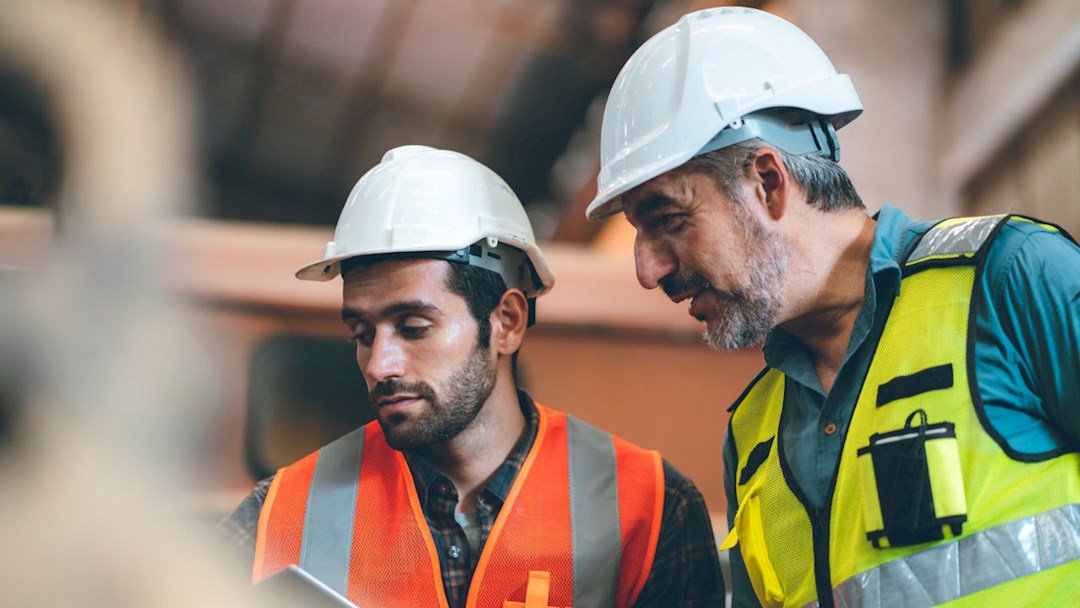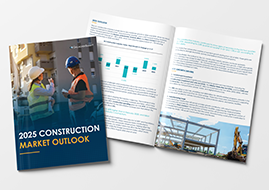
The construction industry is embracing a technological transformation that promises to enhance safety and efficiency on jobsites. Among the most promising advancements are wearable technologies and the Internet of Things (IoT), which are revolutionizing how safety is managed and monitored. These innovations provide real-time data and insights, enabling proactive measures to prevent accidents and improve overall site safety.
The Rise of Wearable Technology in Construction
Wearable technology refers to electronic devices that workers wear that collect and transmit data related to their health, movements, and environment. In construction, wearables are being used to monitor vital signs, detect fatigue, and track location, among other applications. For example, if the smart sensor detects that safety limits have been exceeded on a construction site, it can automatically notify registered contacts with information about the location and nature of the detected incident (Construction Briefing, 2024). This type of technology offers real-time information, providing an opportunity to address incidents more quickly and effectively.
Additionally, wearables such as smart vests and wristbands can monitor workers' heart rates and body temperatures, providing early warnings of heat stress or overexertion. This data is particularly valuable in construction, where physical labor and environmental conditions can pose significant health risks.
The IoT: Connecting the Construction Site
The IoT involves connecting devices and sensors to the Internet, enabling them to communicate and share data. On construction sites, IoT technology is used to create interconnected systems that enhance safety and operational efficiency. For instance, IoT-enabled equipment can monitor usage patterns and detect anomalies, helping to prevent equipment failures and accidents (Trackunit, 2024).
IoT sensors can also be deployed throughout a construction site to monitor environmental conditions, such as air quality, noise levels, and temperature. This data can be used to ensure compliance with safety regulations and to create a safer working environment for employees.
Benefits of Wearables and the IoT in Construction Safety
The integration of wearables and the IoT in construction safety offers numerous benefits that enhance worker protection and operational efficiency. IoT technology enables collecting and analyzing data from various sources, providing insights into safety trends and potential risks.
This data-driven approach allows for more informed decision-making and the implementation of targeted safety measures. Additionally, wearables and the IoT can improve communication among workers and management, ensuring that safety protocols are effectively communicated and followed. Some specific benefits are listed below.
1. Real-Time Monitoring and Alerts
Wearables and IoT devices provide real-time monitoring of workers and site conditions, allowing for immediate alerts and interventions when safety thresholds are breached. This proactive approach helps prevent accidents and reduces response times in emergencies.
2. Data-Driven Insights
The data that wearables and IoT devices collect can be analyzed to identify patterns and trends, providing valuable insights into safety risks and areas for improvement. This data-driven approach enables construction companies to implement targeted safety measures and optimize their safety protocols.
3. Enhanced Compliance and Reporting
Automated data collection and reporting streamline compliance with safety regulations and standards. Wearables and IoT systems can generate detailed reports on safety metrics, simplifying the documentation process and ensuring accurate record-keeping.
Many organizations are increasing efficiency and safety on jobsites by implementing digital and mobile tools and software, which can elevate a company's established risk management strategy (Construction Dive, 2022).
Challenges and Future Prospects
While the benefits of wearables and the IoT in construction safety are clear, there are challenges to widespread adoption. These challenges include concerns about data privacy, the initial cost of implementation, and the need for worker training. However, as technology continues to advance and become more affordable, these barriers are likely to diminish.
Looking ahead, the integration of wearables and the IoT with other emerging technologies, such as artificial intelligence and machine learning, holds the potential to further enhance construction site safety. By harnessing the power of technology, the construction industry can create safer, more efficient, and more productive work environments.
Gallagher Bassett provides comprehensive end-to-end risk management solutions for the construction industry, supporting our clients from preconstruction through closeout with a focus on loss prevention, mitigation, remediation, and resolution. In collaboration with Safe T Professionals, the Gallagher Bassett Technical Services team delivers risk management solutions, including loss control, training, and site and claims resolution services. Our team of multidisciplined technical experts partners with clients to effectively minimize the impact and costs associated with construction-related risks, ensuring exceptional outcomes at every stage of the project life cycle.
Learn more about our partnered solutions for the Construction Industry.
Sources
Construction Briefing. (2024). 'World First' Smart Hard Hat Can Detect Impacts and Falls."
Construction Dive. (2022). "Safety Tech Boosts Productivity, Contractors Say."
Trackunit. (2024). "IoT in Construction: Applications and Benefits."
Make Gallagher Bassett your dependable partner
When making the right decision at the right time is critical to minimize risk for your business, count on Gallagher Bassett's extensive experience and global network to deliver.

